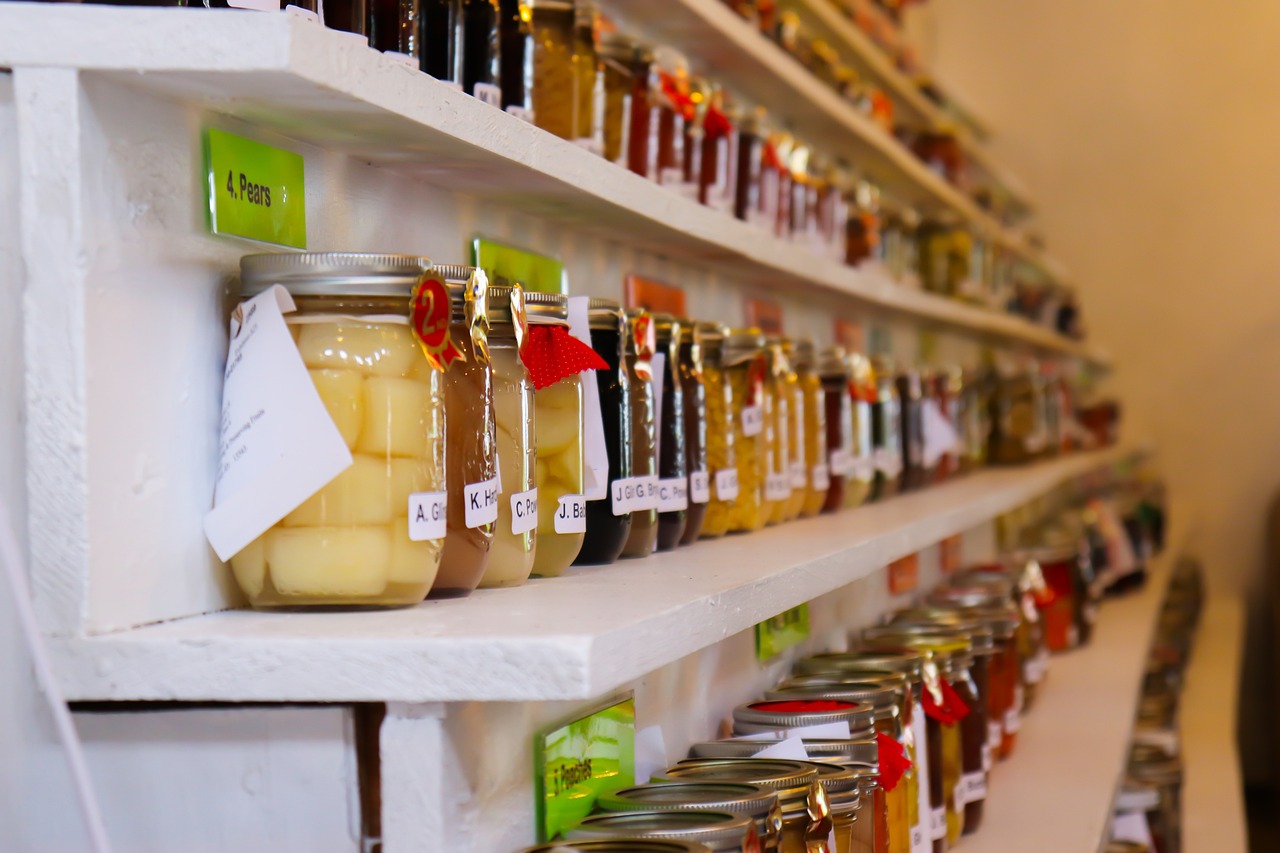Canning is a rewarding way to preserve food and enjoy peak flavors all year long. Learn more about at-home canning techniques to get started on your canning adventure.
Maybe the pickle spear on the side of your burger plate brought back memories of your grandmother’s pickled cucumbers. Or the strawberry jam at the corner diner reminds you of your aunt’s homemade spread. By pressure canning and water bath canning with Ball® Jars, you can easily recreate those warm memories and delicious flavors at home.
Just one step beyond cooking, canning food involves processing food in closed glass Ball® canning jars at high temperatures. The heat interrupts natural spoilage by destroying food contaminants and, at the same time, removes air from the canning jars. As the jars cool, a vacuum seal forms to prevent recontamination.
Canning for Beginners: Types of Canning
There are two home canning methods: water bath canning and pressure canning. Understanding the components and differences between the two processes will help you choose the best method for food preservation at home.

Water Bath Canning
A lower-temperature canning process, water bath canning is ideal for high-acid foods and recipes that incorporate the correct measure of acid. The combination of time and temperature destroys mold, yeast, and enzymes that cause spoilage while creating a vacuum seal. This canning method is recommended for produce and canning recipes including:
- Fruits and fruit juices
- Jams and jellies
- Salsas
- Tomatoes
- Pickles and relishes
- Chutneys, sauces, pie fillings
- Vinegars
- Condiments

Pressure Canning
Pressure canning is the only canning process that reaches the high temperature (240°F) needed to safely preserve low-acid foods. It is the combination of time and temperature that will destroy food-borne bacteria and create a vacuum seal necessary to prevent spoilage. This method of food preserving is required to preserve foods and recipes like:
- Meats
- Poultry
- Salsas
- Vegetables
- Chili
- Seafood
Get Canning!
Now that you have passed canning for beginners, it’s time to get started. Check out step-by-step guides to water bath canning and pressure canning or visit our collection of Ball® canning recipes for ideas. Remember, some of our best memories are preserved in tradition—and in Ball® Jars.
Now that you know how to can using the water bath and pressure canning method, it’s time to preserve your favorite foods! Whether you’re drawn to the tastes of vibrant fruit, tangy salsas, or marinated meats, there’s a canning process tailored to your Ball® canning recipe. Water bath canning allows you to capture the essence of high-acid foods like ripe fruits, store delectable Jams and Jellies recipes, and preserve the bold flavors of tomato or Pickling recipes. Then pressure canning opens up a world of savory possibilities so you can preserve foods like low-acid meats, vegetables, and hearty chili. Let the magic of sealing in flavors and memories take place in the iconic Ball® Canning Jars, where tradition and innovation unite. So, take out the cutting board, gather your ingredients, and fill up your pantry with new preservation creations. Happy canning! (Source)

